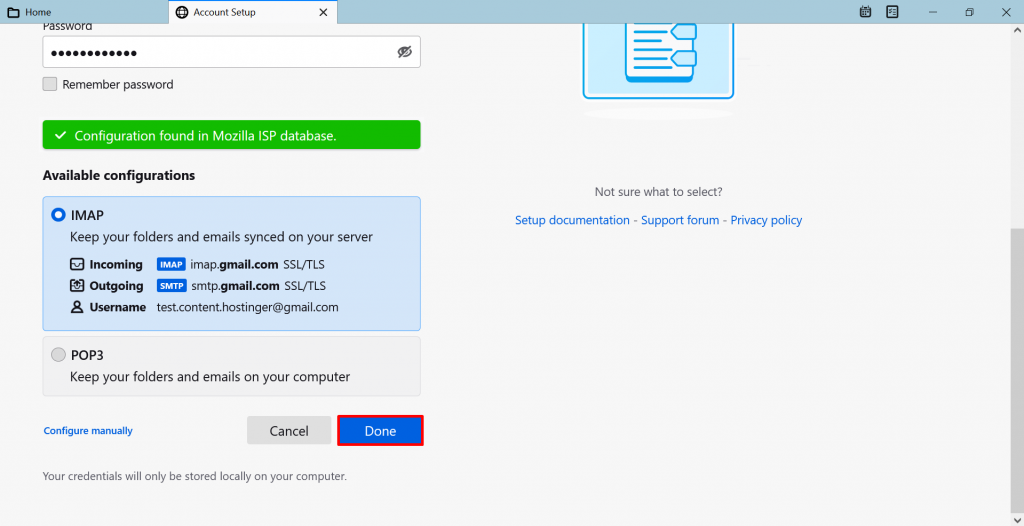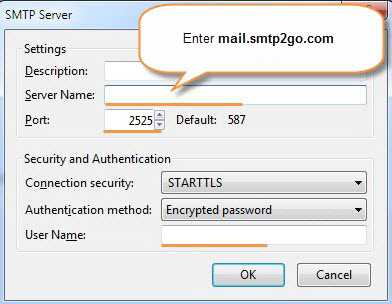
Office 365 server side junk/spam filtering is already enabled for all Office 365 accounts.
In the “Copies & Folders” tab, change “Keep draft messages in:” to “Other: Drafts ”. In the “Copies & Folders” tab, change “Place a copy in:” to “Other: Sent Items ”. ( Note: If you do not see the option for Deleted Items restart Thunderbird and try again) In the “Server Settings” tab, change “When I delete a message:” to “Move it to this folder: Deleted Items ”. Right-click on your Office 365 account and select Settings from the drop-down menu. Place a check-mark within the box next to each of these folders: "Drafts | Deleted Items | Sent Items". Right-click on your Office 365 account and select Subscribe. This will make it less confusing if you also use the web client for Office 365 or a different desktop client that is using the Exchange protocol. For consistency, we highly recommend that you configure Thunderbird to use these same folders. Important: Please complete these steps before using your Thunderbird client.Ĭlients configured using Microsoft Exchange protocol use different folders for some of the primary mail folders.  Thunderbird is now setup, but please complete the steps below. You will be prompted to sign in with your UTD password, enter it and select Sign in. Change “Authentication method:” to OAuth2, ensure connection security is STARTTLS and select OK. Go to the “Outgoing Server (SMTP)” tab and select Edit…. In the “Server Settings” tab change “Authentication method:” to OAuth2.
Thunderbird is now setup, but please complete the steps below. You will be prompted to sign in with your UTD password, enter it and select Sign in. Change “Authentication method:” to OAuth2, ensure connection security is STARTTLS and select OK. Go to the “Outgoing Server (SMTP)” tab and select Edit…. In the “Server Settings” tab change “Authentication method:” to OAuth2. 
Enter information into the available fields as shown below and then select Advanced config.
:max_bytes(150000):strip_icc()/002-access-outlook-in-thunderbird-3572532-284a4445393b4f1d99c51761332717c1.jpg)
#Thunderbird mail server settings password#
Email address: Your NetID email (IMPORTANT) Password: Do not enter in your password on this login screen.Your name: Your name as you'd like it to appear.On the Mail Account Setup window, enter information into the available fields as listed below and select Configure manually.Select Email under the "Setup Another Account" section in the main window. If you have other accounts configured, you can navigate here by clicking on Local Folders on the lefthand side.Launch Thunderbird to bring up the main Thunderbird interface.Note: These instructions assume you are running a version of Thunderbird 77.0b1 or later which supports OAuth2 modern authentication.




:max_bytes(150000):strip_icc()/002-access-outlook-in-thunderbird-3572532-284a4445393b4f1d99c51761332717c1.jpg)


 0 kommentar(er)
0 kommentar(er)
